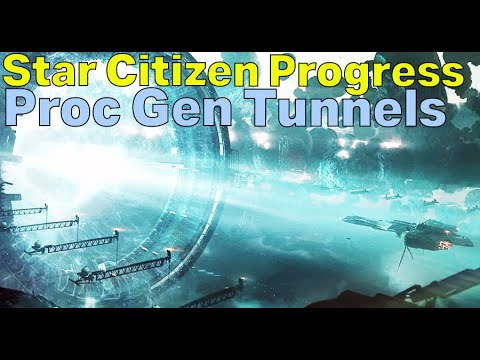In the January monthly report for Star Citizen, various teams made progress on key initiatives such as improving AI behaviors, balancing the economy, and enhancing gameplay features. The teams also worked on jump point gameplay, server meshing, server crash recovery, dynamic destruction systems, transit system refactoring, mission design, atmospheric rendering, UI enhancements, and visual effects to improve the overall player experience in the persistent universe.
In the January monthly report for Star Citizen’s persistent universe, various teams made significant progress on key initiatives. The AI features team focused on improving AI behaviors for version 3.23, while the AI Tech team worked on generating navigation mesh on planets and supporting spaceship behaviors. The character art team completed the racing flight suit and began exploring legendary armors, aiming to introduce a variety of armor types with unique benefits and drawbacks. The weapon art team redesigned weapon optics and improved FPS weapon wear maps to enhance visual effects and realism in combat scenarios.
The economy team balanced prices of FPS weapons and investigated the impact of structural salvage on the in-game economy, highlighting the importance of economic systems in driving player decisions and activities. The core gameplay team integrated character, vehicle, and Arena Commander gameplay features into a unified pillar, focusing on porting Squadron 42 features to the persistent universe and refining player interactions. Progress was made on jump point gameplay, server meshing, and server crash recovery, laying the groundwork for future gameplay enhancements and technical improvements.
The Maelstrom system, a dynamic destruction system, underwent evaluation and retrofitting to enhance ship interactions and environmental effects. The transit system was prepared for a refactor to support server meshing and crash recovery, with ongoing work on docking and landing systems. The former Arena Commander team transitioned to focus on the persistent universe, while continuing to update Arena Commander with new content and events. The in-game branding team integrated branding elements for distribution centers, while the narrative team worked on adding story and character content to the game, aligning lore with gameplay needs.
The Montreal location team closed out mandates, planned for the year ahead, and worked on distribution centers and building interiors. The mission design team fixed issues with Siege of Orison and progressed on the Blockade Runner mission, aiming to introduce engaging gameplay experiences. The R&D team made progress on atmospheric rendering and cloud systems, while the UI team focused on enhancing user experiences for freight elevators and commodity kiosks. The VFX team addressed log spam issues and supported various locations in the game, contributing to the overall visual and technical improvements in the persistent universe.
